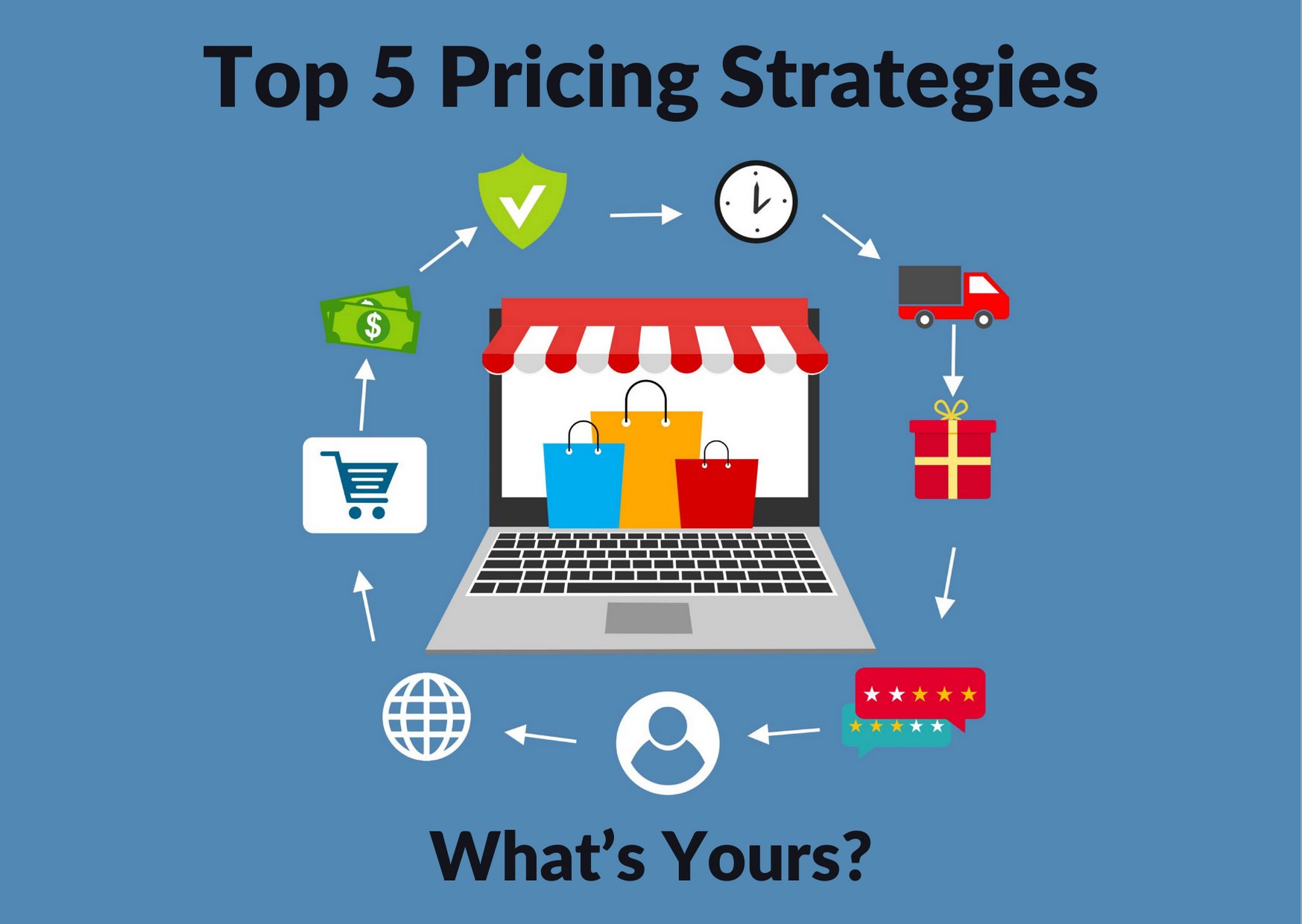Why Versatility is Crucial in Developing Your Pricing Strategy
Why Versatility is Crucial in Developing Your Pricing Strategy
Blog Article

Master Effective Rates Methods to Take Full Advantage Of Revenue
In the ever-evolving landscape of business, mastering efficient rates strategies is vital for organizations aiming to make the most of revenue. A nuanced understanding of pricing psychology can dramatically affect consumer actions and buying decisions.
Comprehending Prices Psychology
Understanding rates psychology is crucial for businesses intending to optimize their prices strategies. This area takes a look at how consumers regard costs and just how these perceptions influence their acquiring choices. Key principles in prices psychology consist of the anchoring result, where the preliminary price provided acts as a referral point for customers, and the principle of rate sensitivity, which varies amongst various customer segments.
Additionally, companies can utilize the idea of perceived value, where the viewed benefits of a services or product can validate a greater rate point. Premium pricing can produce an aura of exclusivity, bring in consumers who connect higher prices with exceptional top quality. On the various other hand, psychological pricing, such as setting a price at $9.99 as opposed to $10, can considerably affect customer actions by making prices show up extra eye-catching.
Furthermore, deficiency and necessity can boost the regarded worth of items, prompting quicker investing in decisions. Comprehending these mental triggers enables organizations to develop rates approaches that not just drive sales but also foster client loyalty. Thus, mastering rates psychology is essential for effective pricing strategy solution, causing enhanced success and market positioning.
Executing Value-Based Rates

Next off, section your clients based on their readiness to pay and the worth they regard. By doing so, you can tailor offerings and pricing methods to line up with various sectors.
After gathering understandings, set rates that show the maximum amount a consumer agrees to pay, making sure that they perceive a reasonable exchange for the value obtained. Communicate the worth recommendation efficiently, highlighting the advantages and differentiators of your offering. Ultimately, continuously check market problems and customer feedback to fine-tune your rates approach in time - Pricing Strategy. By carrying out value-based prices, organizations can improve earnings while fostering long-lasting customer commitment.
Exploring Dynamic Rates Versions
In today's quickly transforming market landscape, vibrant prices versions have become an effective strategy for organizations seeking to enhance profits and react to variations in demand. These versions allow companies to adjust their rates in real-time based upon different variables such as customer behavior, market patterns, and stock levels. By leveraging data analytics and algorithms, services can recognize ideal prices factors that make the most of sales while remaining affordable.
Dynamic rates can take various types, consisting of time-based rates, where costs vary based on time of day or season, and demand-based prices, which changes rates according to existing customer need. This adaptability not only boosts profitability however likewise boosts client complete satisfaction by using prices that reflect real-time market problems.
Carrying out this article vibrant rates needs a durable technological framework and a deep understanding of customer sections. Clear communication regarding pricing adjustments can assist minimize customer discontentment and foster count on, eventually leading to sustained productivity in an affordable industry.
Studying Rival Prices
Keeping an eye on competitor prices is necessary for companies aiming to keep an one-upmanship in their reference particular markets. By assessing competitors' pricing techniques, business can determine market fads, understand consumer choices, and change their pricing accordingly. This analysis entails celebration data on competitors' prices, promotional approaches, and item offerings to educate pricing choices.
To properly analyze competitor rates, services ought to make use of various tools and techniques, such as price monitoring software, marketing research records, and consumer feedback. This information can disclose just how competitors place their product or services, allowing companies to separate their offerings or take on similar methods to continue to be relevant.
In addition, it is crucial to classify competitors right into indirect and straight rivals. Straight competitors offer similar services or products, while indirect rivals may fulfill the same client demand with various options. Recognizing the nuances between these teams will certainly allow businesses to customize their prices methods much more effectively.
Inevitably, ongoing rival pricing evaluation is crucial for making informed rates decisions. It enables companies to continue to be active in response to market changes, guaranteeing they can seize possibilities and minimize dangers linked with pricing techniques.
Evaluating Prices Efficiency
Recognizing how competitor rates affects market characteristics results in an all-natural emphasis on examining rates efficiency within one's very own service. This evaluation is important for recognizing areas of stamina and opportunities for renovation, inevitably boosting profitability.

Furthermore, conducting normal rates audits can reveal disparities between anticipated and actual performance. This entails contrasting pricing data throughout different sections and networks to recognize variations and recognize trends. Furthermore, incorporating client feedback can give insights into regarded worth versus actual pricing, making certain positioning with market check it out expectations.
Finally, leveraging data analytics tools can promote much deeper insights into rates performance, allowing businesses to make data-driven adjustments (Pricing Strategy). By constantly reviewing pricing performance, organizations can adjust to market changes and maximize their strategies, making sure continual earnings in an affordable landscape
Verdict
By leveraging prices psychology, businesses can improve perceived value and dressmaker pricing to diverse client segments. The fostering of value-based and vibrant rates models facilitates real-time changes based on demand and customer willingness to pay.
Recognizing pricing psychology is critical for businesses intending to enhance their rates strategies. Understanding these mental triggers enables organizations to develop pricing approaches that not just drive sales but also foster client commitment. Therefore, mastering rates psychology is necessary for reliable rates technique formula, leading to improved earnings and market positioning.
By analyzing competitors' rates strategies, companies can recognize market fads, comprehend consumer choices, and change their pricing as necessary. By leveraging pricing psychology, companies can enhance regarded value and dressmaker rates to varied consumer sections.
Report this page